Tanning Nasal Sprays: Are They Recommended?
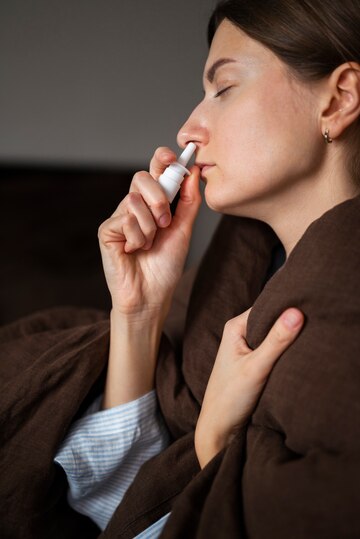
Related products
The increasing attraction towards tanning nasal sprays lies in their claim to deliver a coveted tan without the need for harmful UV rays exposure. They utilize an artificial compound, Melanotan II, intended to replicate the alpha-melanocyte-stimulating hormone's effect on boosting melanin—the pigment responsible for skin coloration.
Users of these intranasal solutions anticipate fast and enduring tan results even with limited sun contact. On paper, it seems appealing as they promise safer tans by enhancing natural UV defense through stimulated melanin production.
Nonetheless, despite gaining popularity among self-tanners seeking convenient alternatives beyond topical applications or extensive sunbathing sessions, understanding their function along with assessing inherent health risks vis-à-vis proclaimed benefits is indispensable prior to making any decisions regarding their use.
What are Tanning Nasal Sprays?

Tanning nasal sprays are cosmetic products containing Melanotan II, a synthetic peptide that mimics the action of a natural hormone triggering melanin production. The aim is to darken skin tones and enhance UV-ray's defense mechanism without needing direct sun exposure.
However, unlike regular tanning methods involving topical applications like creams or lotions, these aerosol solutions introduce active compounds systematically into our bodies. This delivery method has the potential for higher potency but also comes with the risk of more serious side effects because it bypasses your skin's protective barrier against certain foreign substances.
Several scientific studies have reported adverse reactions such as nausea and facial flushing among spray users, indicating the need for careful evaluation before use despite their growing popularity in contemporary society.
How Do Tanning Nasal Sprays Work?
Tanning nasal sprays function based on the actions of Melanotan II, a synthetic version of a natural hormone known as α-melanocyte-stimulating hormone (α-MSH). This particular hormone plays an integral role in regulating skin pigmentation by triggering melanin production.
When applied via tanning nasal spray, Melanotan II enters the bloodstream directly through the nose's mucous membrane—one of the body's most efficient absorption points—and travels to reach cells called melanocytes present on skin layers. Upon arrival, it stimulates these pigment-producing cells to create more melanin, regardless of actual sun exposure.
The presence of more of this dark-colored pigment means a deeper tan effect due to its increased light-absorbing capabilities, thereby providing artificially enhanced UV ray resistance even under minimal sunlight scenarios, often characterized by insufficient levels for significant visible change over short time spans without additional external assistance from such cosmetic products or treatments.
Accumulated evidence suggests effective interaction between injected active peptide formulation molecules circulating within human bodily fluid systems specifically targeted towards cell receptor sites resulting in noticeable color alteration varying degrees depending on multiple factors ranging person's genetic makeup, dietary habits, lifestyle choices, daily routine activities, overall health status including not limited internal organ functions' performance.
Risks and Side Effects of Tanning Nasal Spray

Tanning nasal sprays, while offering a swift route to achieving sunless tans, come with potential risks and side effects that warrant consideration. Chief among these are health hazards linked to their active ingredient - the lab-made peptide Melanotan II.
Despite their appeal as a quick and easy tanning solution, nasal sprays carry various risks and side effects. Some reported adverse reactions are:
Nausea: Numerous users report feelings of sickness following use. A study in the British Journal of Dermatology showed that nearly 40% of melanotan users experienced nausea.
Skin Discoloration: Overuse can lead to patchy skin or abnormal darkening, especially around moles or freckle areas, causing irregular pigmentation issues.
Facial Flushing: Over a third of Melanotan II spray users noted this symptom, according to another clinical trial published in Clinical Interventions in Aging.
Appetite Loss: Reduced hunger is frequently observed among people using these products due largely to its effect on specific brain receptors involved in satiety regulation mechanism interference actions, rendering individuals to lose instinctive feeding activities and desire.
Numerous studies in the scientific literature have identified various undesirable reactions following the use of such products. One medical review published in The Journal of Clinical Aesthetic Dermatology highlighted immediate effects such as facial flushing alongside nausea due to accelerated melanin synthesis caused by Melanotan II.
Why are Tanning Nasal Sprays Not Safe?
Tanning nasal sprays represent a recent trend within the realm of beauty products. They promise users an enhanced tan without increased exposure to harmful UV radiation. Despite their allure, these tanning aids may carry serious health risks due to their active ingredient, melanotan.
Melanotans I and II are synthetic versions of melanocyte-stimulating hormone (MSH), which naturally stimulate the production of skin-darkening pigments in our bodies. However, because they are not yet regulated by food or drug administration entities globally, such as the FDA (US) or the MHRA (UK), manufacturers are free to include varying quantities of this substance in each product, creating potential dangers for consumers.
Firstly, high levels of MSH have been linked with cases involving altered immune system activity as well as kidney function impairment. Prolonged usage might lead to severe disorders, including nociceptive pain and facial flushing due to possible vascular impact secondary to its use.
Secondly, inappropriate usage could result in unexpected hormonal effects on both male and female users alike; it can cause nausea followed by vomiting episodes since melanocortins influence digestive tract mobility. Besides believed that desire-enhancing properties affect libido and negatively impact mental state over prolonged periods and misuse upon continual abuse.
Last but certainly not least is a threat that poses when used alongside other medications, including those for heart conditions or blood pressure. Unexpected interactions between melanotan and these medicines might lead to cardiovascular issues such as arrhythmias or changes in blood pressure.
Several studies have offered scientific backing on potential dangers related to this product's usage. In 2007, the British Journal Of Dermatology published research highlighting an association between synthetic MSH analogs and increased skin pigmentation incidence, further emphasizing that without regulation, it's difficult to control its adverse effect globally amongst consumers.
To date, clinical trials proving their long-term human safety are scanty at best, nor is there substantial evidence supporting efficacy in achieving desired results consistently over regular usage patterns, thereby leaving users exposed unknowingly to this health hazard-in-disguise
Alternatives You Can Use
Sunless Tanning Lotions: A safer alternative to nasal tanners, these products contain dihydroxyacetone (DHA) that interacts with skin cells to create a bronzed appearance without exposing the body to UV radiation.
Bronzers: Available in powder or liquid form, bronzers give an immediate tan-like glow and wash off easily.
Spray Tans: Professional spray tan services offer an instant sun-kissed look by applying DHA directly onto the skin surface uniformly, thereby avoiding potential streaks, unlike home-applied creams/gels,
Gradual Self-Tanner: These moisturizers subtly darken over time, providing tan build-up progressively upon regular application without risking melanotan-associated health impacts
Tanning Beds -It's essential to disclose that such options must be used judiciously as they emit UVA rays believed to initiate premature aging besides increasing the risk of developing lethal Skin Cancer Melanomas, thus needing careful consideration before opting for their usage routine regularly.
Natural Sunlight Tan – Ensure the use of proper sunscreen having Broad Spectrum SPF30+ during peak hours between 10 AM-4 PM while outdoors, achieving natural healthy sunlight-induced tanned complexion, balancing it against photoaging & carcinogenic drawbacks
Takeaway
Despite the allure and promised benefits of tanning nasal sprays, their use comes with significant health risks. Owing to the lack of regulation by global food and drug administration entities, they pose potential dangers, including immune system alteration, kidney function impairment, and severe hormonal effects. Furthermore, these products fail to offer protection against harmful UV radiation, causing possible neglect of essential sun safety measures. Until thorough scientific studies are carried out proving their long-term human safety effectiveness; it is prudent for consumers to exercise caution when choosing such beauty enhancement products.
Frequently Asked Questions
Are nasal sprays for tanning safe?
No, nasal sprays for tanning are not safe. They contain synthetic versions of melanocyte-stimulating hormones that can lead to health issues such as altered immune system function and kidney impairment. Increased hormonal effects and drug interactions present additional risks. These sprays also fail to protect from harmful UV radiation, promoting a false sense of security about sun exposure safety.
Is Melanotan nasal spray good?
No, the use of Melanotan nasal spray is not safe. Aside from its unregulated nature, which poses potential health risks such as hormonal imbalances and kidney dysfunction, it also fails to provide protection against harmful UV rays. Its usage can lead to a false sense of sun safety, causing neglect of other protective measures essential for skin health.
Is Permatan nasal spray safe?
No, Permatan nasal spray is not deemed safe. It contains Melanotans I & II, which are unregulated and can cause significant health risks, including immune system alterations, hormonal imbalances, and lack of protection from harmful UV radiation.
How long should you take nasal tanners?
The safest advice is to avoid nasal tanners. Their active ingredients, Melanotans I and II, are unregulated and associated with serious health risks, as noted by global food or drug administration entities, including the FDA (US) and MHRA (UK).



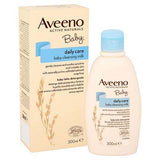
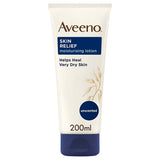
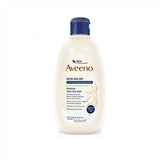
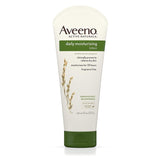
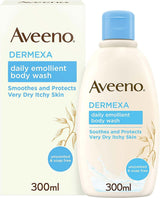
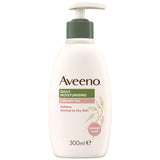
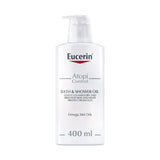
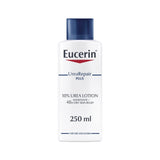
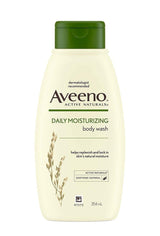
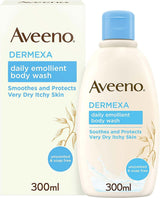
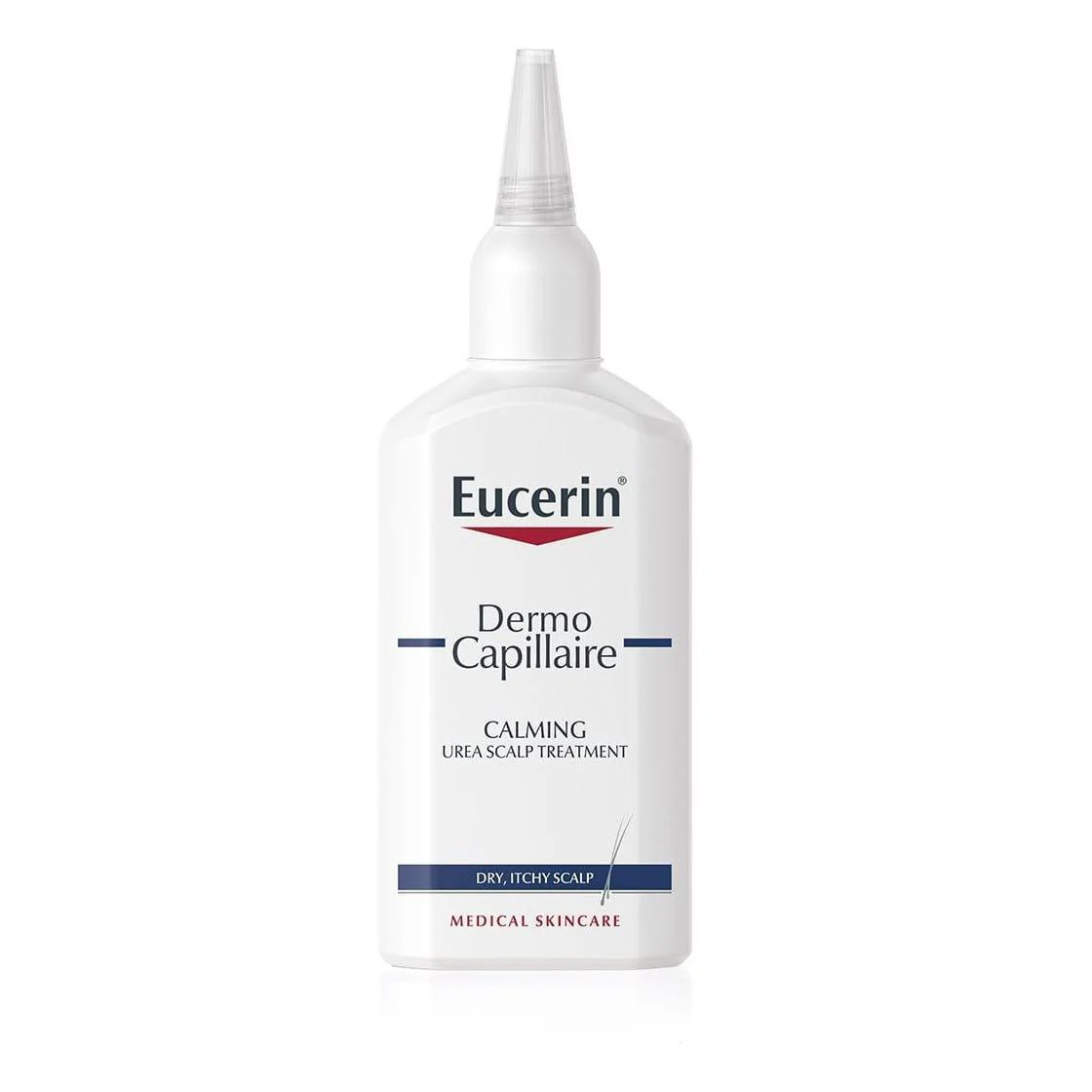
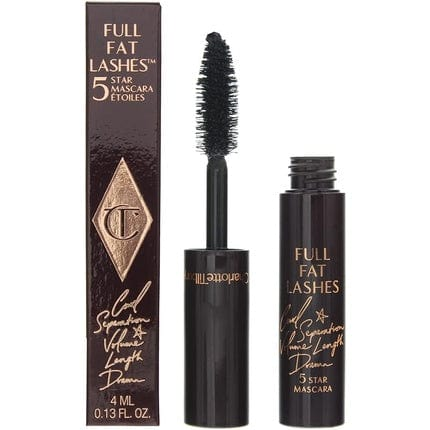
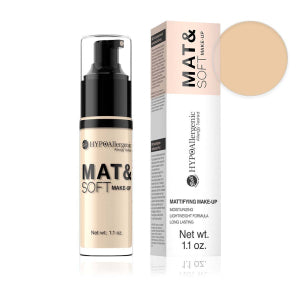
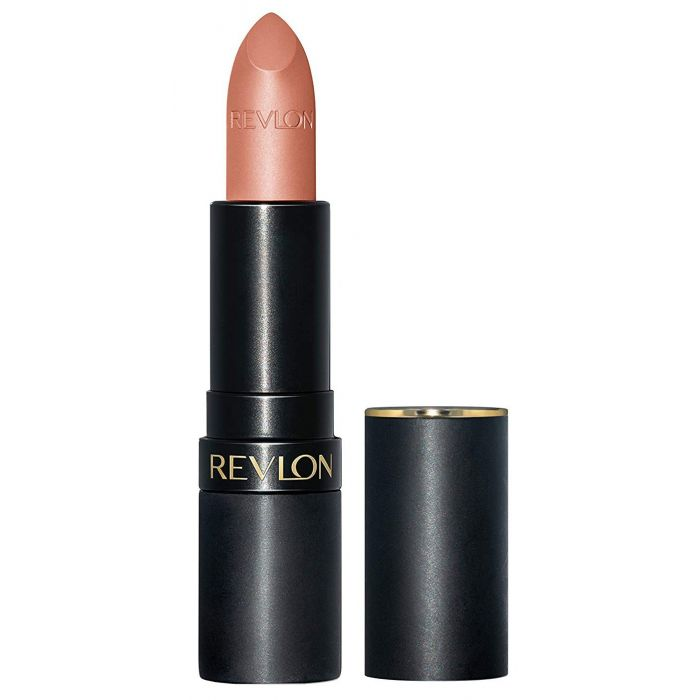
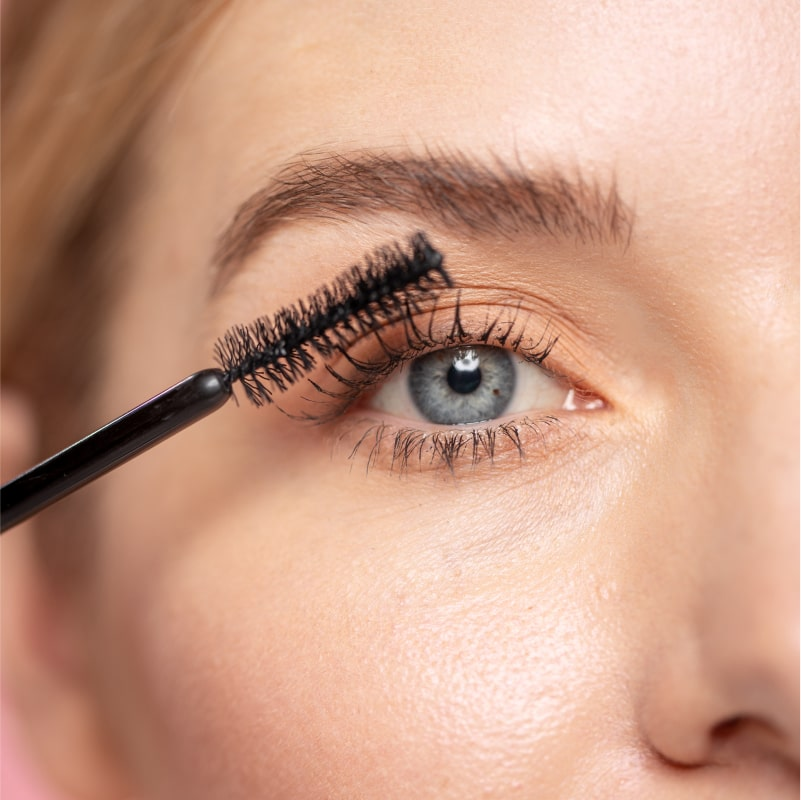
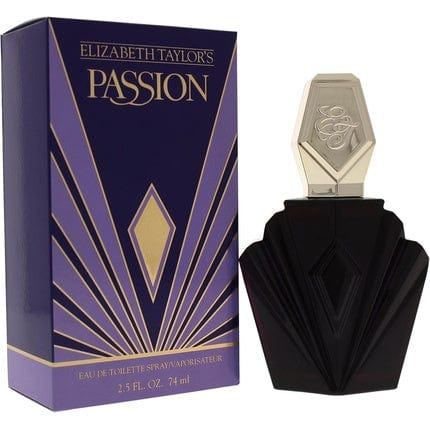
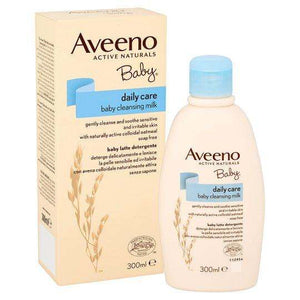
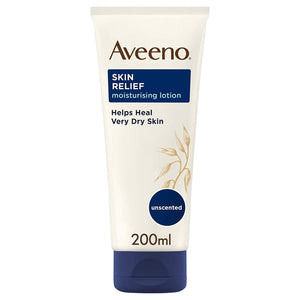
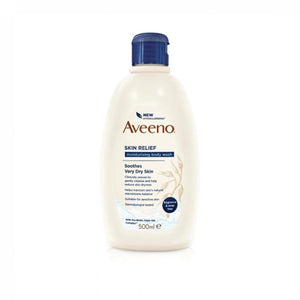
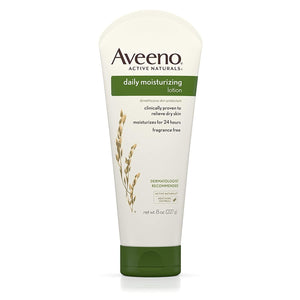
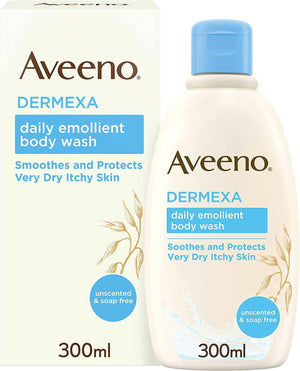
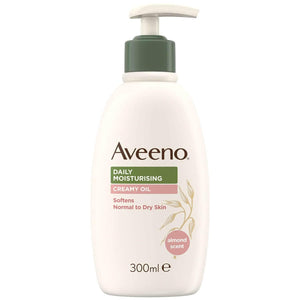
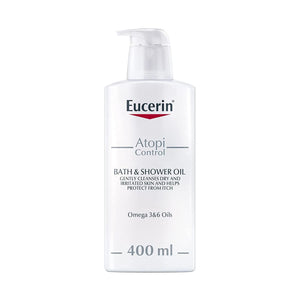
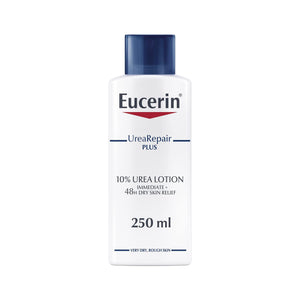
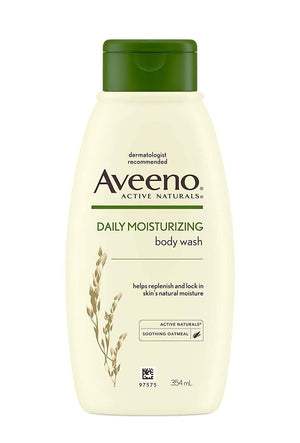
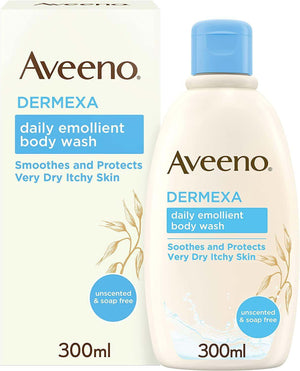
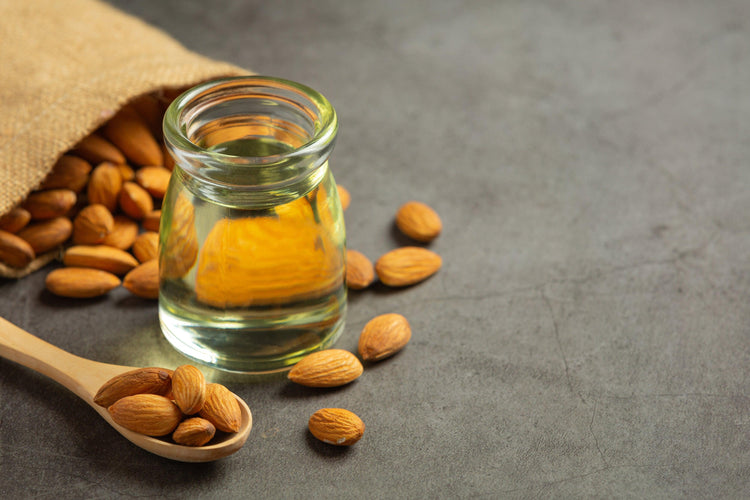
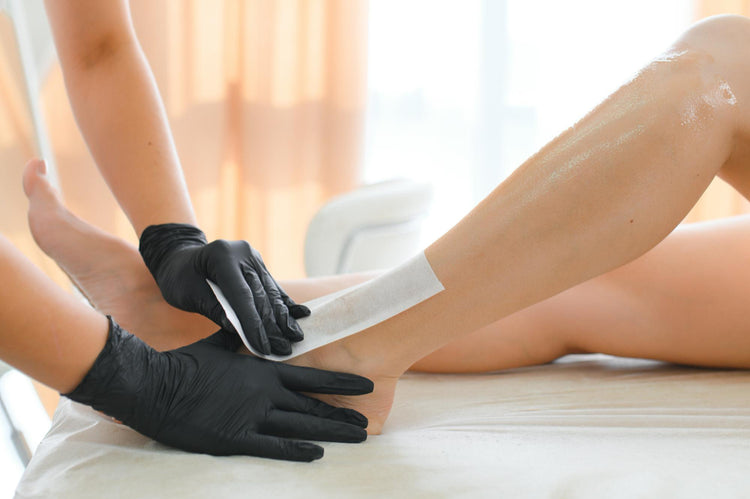
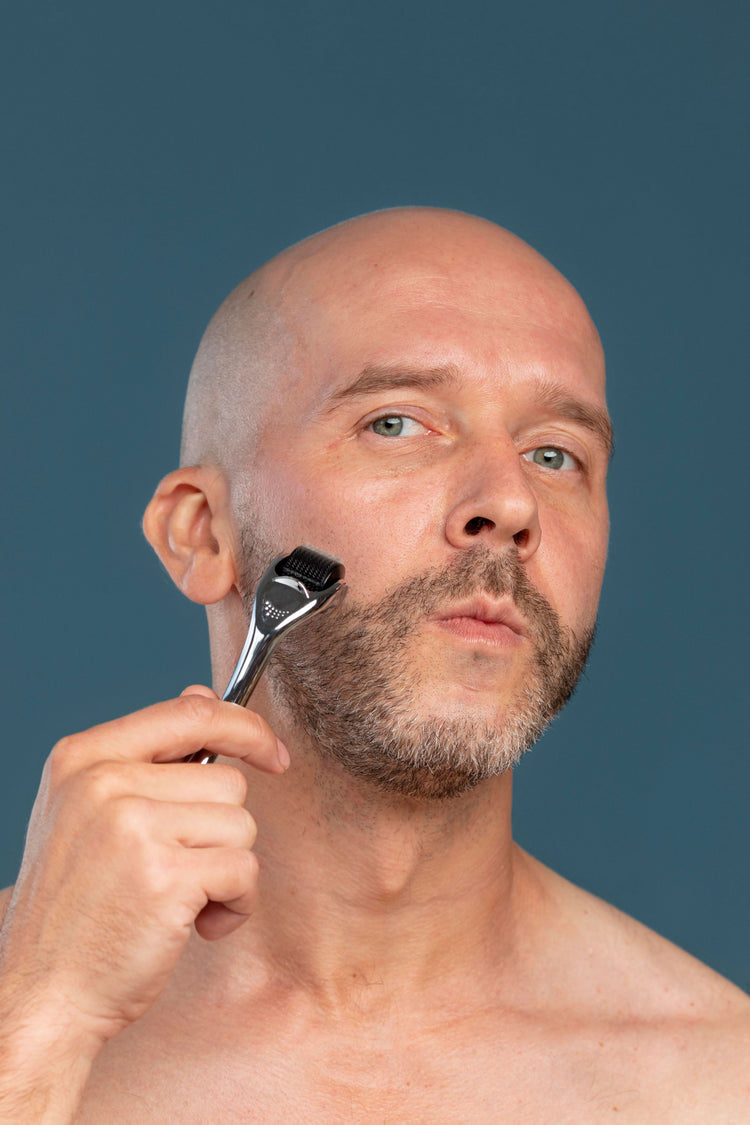
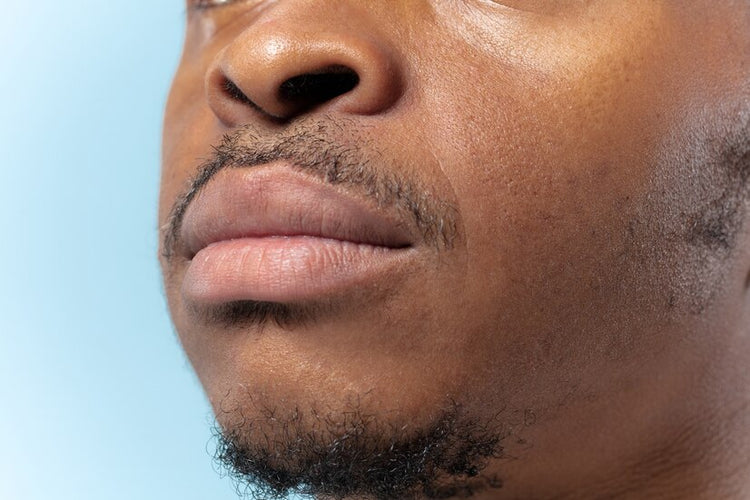
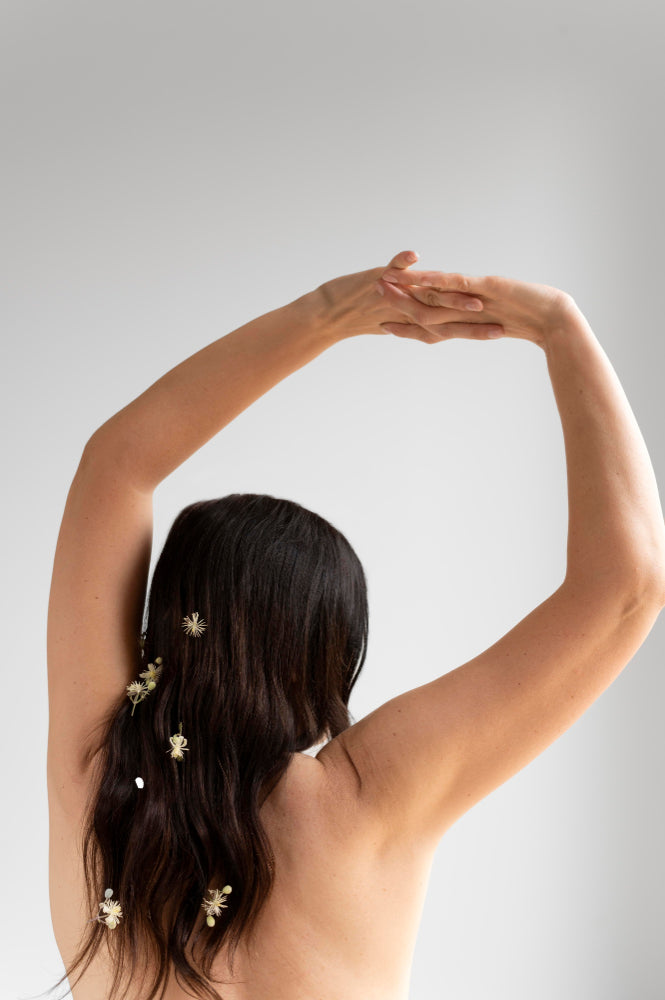
 Rated Excellent by 26,523+ Reviews
Rated Excellent by 26,523+ Reviews